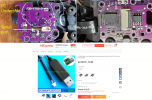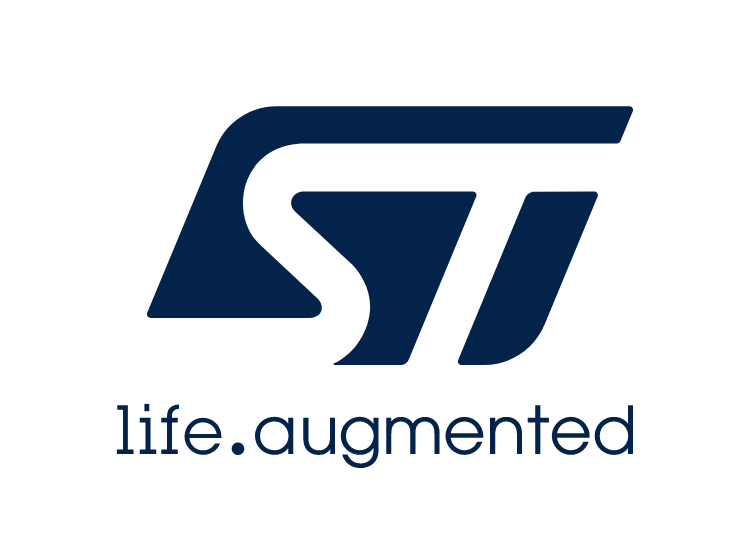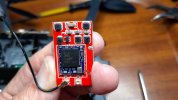garthkh
Member
Can anyone give me advice on what software I could use to backup the firmware on my drone (KaiOne Pro}? We have a group working out how to use this drone as the manuals are shocking. The drone is very stable, has many features and flies well, even in moderate winds. Working with the developers is hopeless. As with many of these budget drones there are a number of Apps that work with the drone, some worse and some better than the app coming with the drone. One of our group members was trying a new app that does control the drone The app displayed the need to update the firmware. As a new drone user he let it do the update and now there appears to be no wifi to connect the phone to. The normal remote controller is still functional, which tells me the update he's done is still functional to fly the drone. I always thought that firmware updates would need to be done via a USB cable while the Phone connects to the Internet - I was obviously wrong.
What I would like to try is to open up my drone and get to the flight controller. There must be a USB port on it. Then connect the FC to the computer and backup the firmware. Then send the copy of the firmware image to him so he can do the reverse and flash his FC with the original. ie basically do a factory restore.
What I would like to try is to open up my drone and get to the flight controller. There must be a USB port on it. Then connect the FC to the computer and backup the firmware. Then send the copy of the firmware image to him so he can do the reverse and flash his FC with the original. ie basically do a factory restore.



